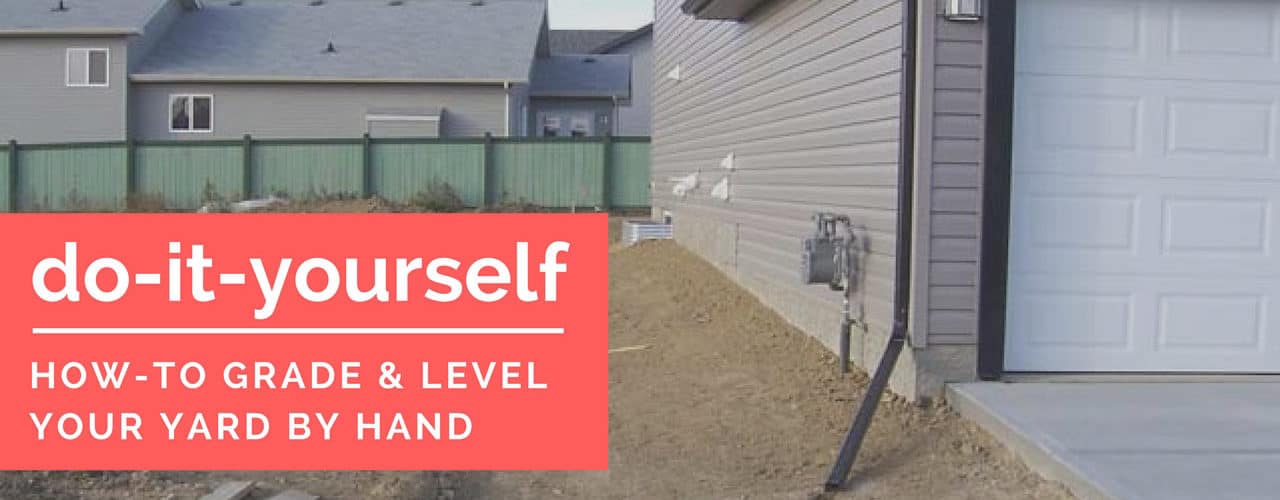Anyone who owns a home with a yard knows the headaches that you can have. Among the greatest challenges inherent in any type of landscaping lies in dealing with the effects and consequences of poor drainage. If your property possesses a shallow grade, then it likely has water pooling up after any snow fall, rain fall, run off from gutters or other types of drains. Do not despair, help is on the way. You are able to handle poor drainage, and to create a breathtaking landscape for your lawn and garden behind and in front of your house simply by measuring the proper grade. This article goes through the step by step directions for correctly grading a yard.
Materials and Items Necessary for the Project:
– Some String
– Wooden Stakes
– A Yardstick
– A String Level
Prep. Work
This moderately challenging project can be accomplished by those with a bent for home and lawn improvement, if only you follow directions carefully. Begin the project by identifying any utility lines which lie alongside the area which you will grade, in advance of starting the project. You need to have different colored flags for water, telephone, gas, and electric lines put in by representatives of the utilities as an important first step in the process of grading your yard.
Find the drainage end point on your overall property. You have to know this in order to be capable of better grading your property. If your town or city will not permit you to hook up to a public drain for your water run off, then you should plan on building a little pond at the drainage edge of the property to catch such run off.
Marking the Grade
You will next take stakes and drive them into the ground one foot away from your house’s foundation, as well as a foot away from the end source of drainage on the property. You must spray paint each stake in order to properly mark it, so that you are able to recognize your boundary markers from some distance.
Between the two stakes that you planted, run colored string. This is useful in aiding the determination of the total grade of your lawn. You ought to tie the string securely to the stake which is nearest to your home, and then leave the opposing end looser so that you are capable of adjusting the level as necessary.
Finding the Grade of Your Yard
Then, you will raise the stake which you planted close to your drainage location. This must be done to the point that the string level shows an even balance is present. You must affix the string level up to the string’s center, then request that a family member or a friend tells you when a balance is located.
Next, measure carefully the distance from the raised stake’s bottom to the ground in order to determine the precise grade of your specific yard. The majority of experts concur that a good twelve inches of distance in every fifty feet of a property is optimal for good yard drainage.
Grading Your Yard
Now you are ready to grade the yard properly. If your property possesses a steep grade which makes effective drainage difficult, then you should use terrace grading. Such terrace grading permits the owner of a property to make steps literally every ten to fifteen feet. This will promote an effective and controlled amount of drainage leading from your house down to the ultimate drainage area.



